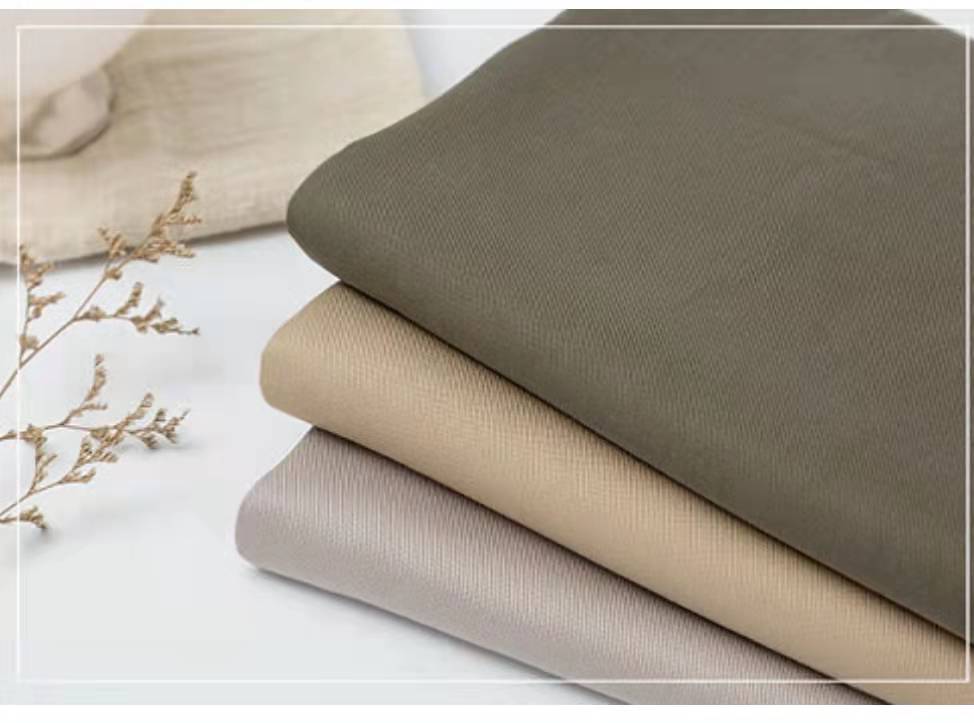An hour-long insightful discussion which had taken place with Dr. Kater Hake, Vice President for agricultural and environmental research at Cary-based Cotton Incorporated, revealed some of the successful management practices adopted by the Australian cotton sector. Hake has just returned from his trip to down under interacting with global cotton industry people and visiting farm country in Dalby region in Queensland, Australia.
Australian production this year for the season-ending in March 2020 is estimated to range from 0.7 million to 1.3 million bales. Discussions with Dr. Hake revealed four important takeaways are technology adaptation, value-addition to cotton byproducts, water use efficiency and resistance management of Bt traits.
With increasing labor costs, Australian cotton farmers are effectively utilising robotics. Hake pointed out that he had seen herbicide sprayer robots that have weather signaling systems in them. The sprayer senses wind directions and temperature and switches on and off enabling good environmental stewardship. As the Australian crop is irrigated, due to government restrictions in water usage, planting is limited to water availability during the growing season.
Australia has no oil crusher for oil hence, all cottonseed goes to feeding cattle. Interestingly, 25% of the cattle diet is cottonseed, which enriches the quality of meat, catering to high-quality export. Resistance management of Bt traits has helped the industry to have control bollworms. While the resistance issue is not a serious concern in West Texas, other parts of the United States face this situation. Some of the agricultural practices such as shallow tillage to disrupt the pupae is helping the Australian farmers stated Hake.
As the amount of available land in Australia for cotton is limited, with more acreage for cotton here, the United States is still the largest and reliable supplier of cotton in the export market.
In closing Hake stated, “The production systems between the United States and Australia are similar and the two countries can learn and help each other to move the industry forward.”












